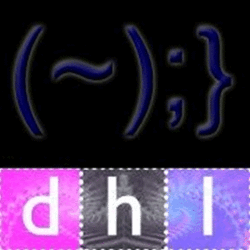 YouTube has implemented a range of guidelines for any questionable content on the site. With regards to terrorist content, YouTube does not allow terrorist organisations to use the platform for any purpose, including recruitment.
YouTube has implemented a range of guidelines for any questionable content on the site. With regards to terrorist content, YouTube does not allow terrorist organisations to use the platform for any purpose, including recruitment.
When it comes to hate speech, YouTube tries to strike a balance between an individual's right to free speech and preventing the spread of hatred and violence. The company admits that there is a 'fine line' between what is and what is not considered to be hate speech.
Regarding sexual content, the context and severity of the material are taken into account. Whilst sexually explicit content, such as pornography, is not permitted, nudity and sexual content may be allowed if the primary objective is non-sexual and not gratuitously graphic. This allows for educational, scientific and artistic uses of nudity on the site.
In cases that sit in the grey area, YouTube may apply an age-restriction. Videos featuring individuals in minimal or revealing clothing may be age-restricted if they are intended to be sexually provocative, but do not show explicit content. Several factors are taken into consideration when deciding if a video should be age-restricted, including whether breasts, buttocks or genitals are the focal point of the video, whether the video setting is sexually suggestive, if the pose of the subject is intended to sexually arouse the viewer and whether the language used in the video is vulgar and/or lewd. Other factors include the length of time an image appears in the video, and the relative clarity of the images in the video.

Select Page
